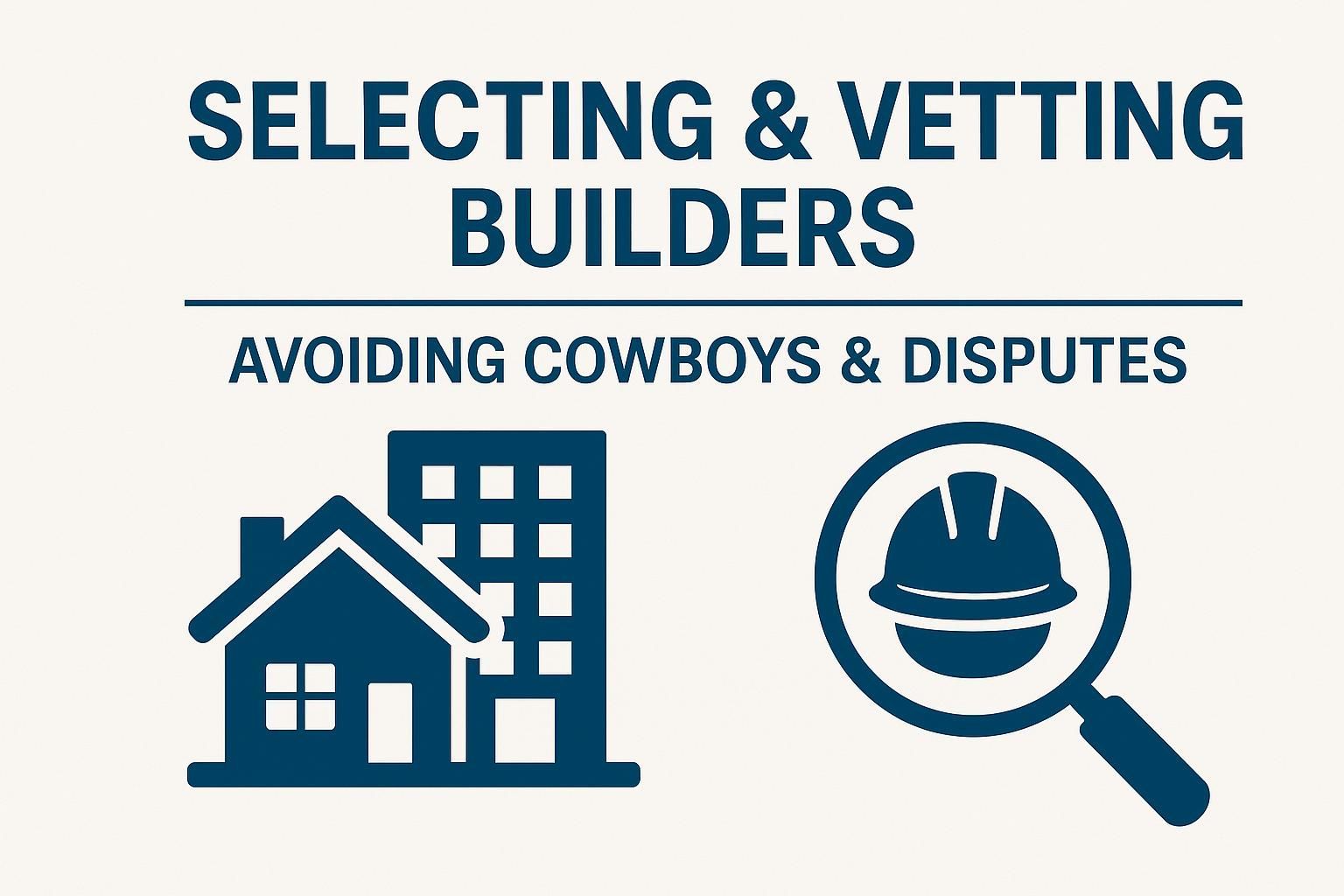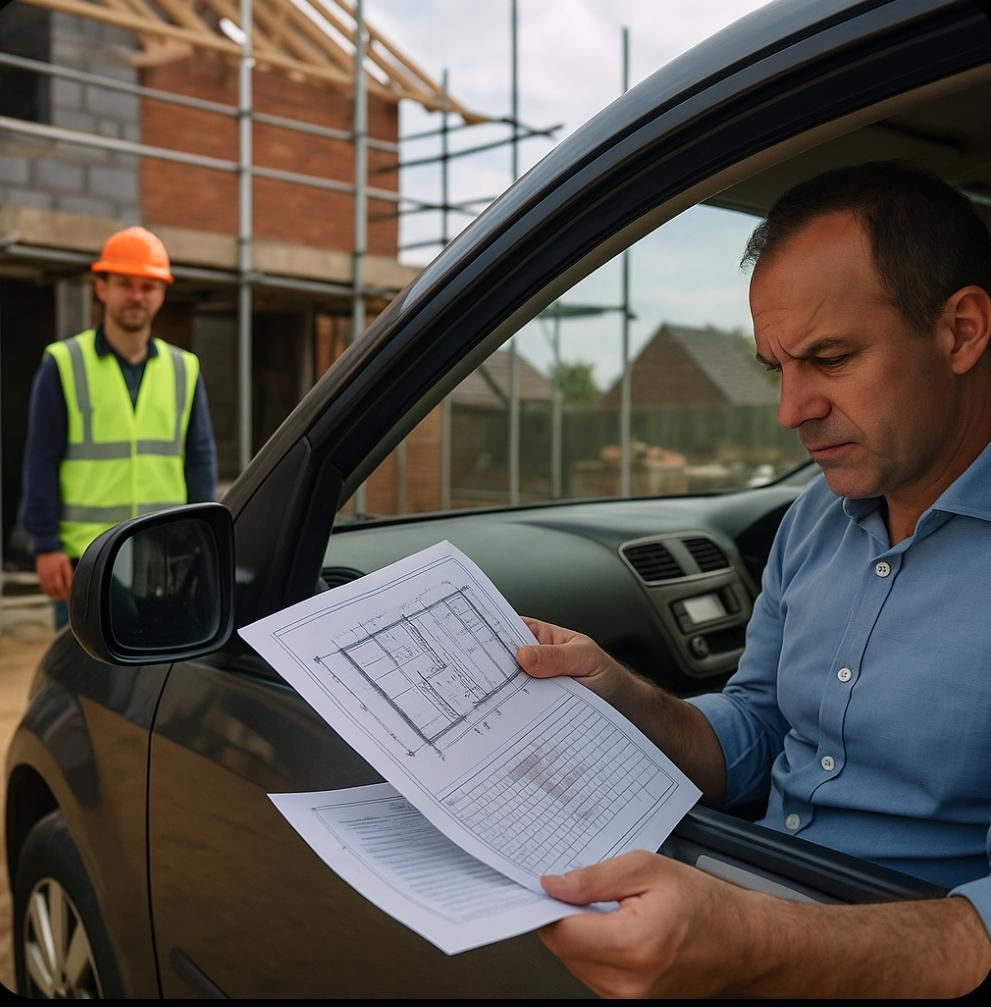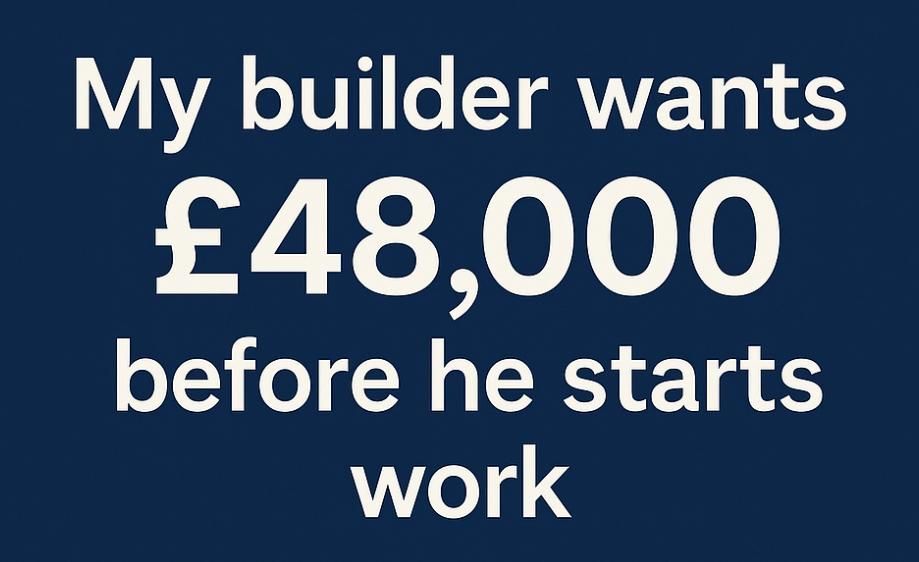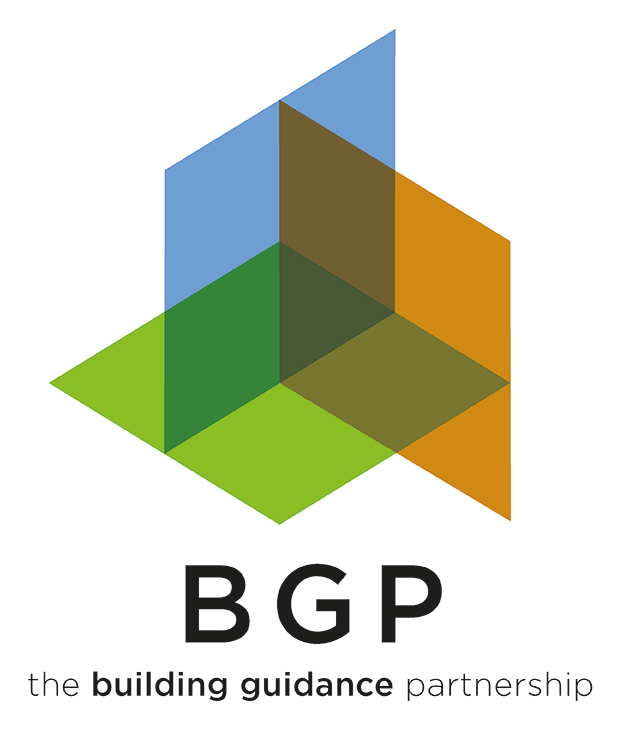Fire Doors: An Essential Element of Home Fire Safety

Fire safety in homes is often overlooked until an emergency arises. While smoke alarms and evacuation plans are crucial, fire doors play a vital role in containing fire and smoke, giving occupants valuable time to escape. This blog explores why fire doors are essential, the different types available, and how to ensure they are installed correctly.
1. What Are Fire Doors and Why Are They Important?
Fire doors are specially designed doors with fire-resistant materials that prevent the spread of fire and smoke for a specific period. They can significantly reduce fire damage and save lives by:
• Containing the fire within a specific area.
• Allowing occupants more time to evacuate safely.
• Reducing smoke inhalation risks, which is a leading cause of fire-related deaths.
• Protecting escape routes, ensuring they remain passable.
In homes, fire doors are commonly required in areas leading to staircases, between garages and living spaces, and in loft conversions.
2. Types of Fire Doors
Fire doors are rated based on how long they can resist fire, typically classified as:
• FD30 – Provides 30 minutes of fire resistance (most common in homes).
• FD60 – Provides 60 minutes of fire resistance (more common in larger properties).
• FD90 & FD120 – Used in commercial or high-risk settings.
Fire doors can also be:
• Solid-core timber fire doors - A cost-effective and widely used option.
• Glazed fire doors – Fire-resistant glass allows visibility while maintaining fire protection.
• Steel fire doors – More common in industrial settings but sometimes used in high-risk residential areas.
3. Where Are Fire Doors Required in Homes?
Building regulations in the UK specify that fire doors are required:
• In loft conversions – Where a new habitable floor is added, fire doors must be installed between stairways and habitable rooms.
• Between an integral garage and the house – To prevent fire spreading from a vehicle into the home.
• In homes with multiple floors – Fire doors are required to protect staircases, which serve as escape routes.
• In HMOs (Houses in Multiple Occupation) – Landlords must install fire doors in rental properties with multiple tenants.
4. Key Features of a Properly Installed Fire Door
To be effective, fire doors must be:
• Fitted with intumescent strips – These expand under heat to seal gaps and block smoke.
• Installed with the correct door frame – A fire-rated frame is essential for maintaining integrity.
• Equipped with automatic closers – Fire doors should always be kept closed to be effective in an emergency.
• Checked for proper certification – Fire doors should have a certification label confirming compliance with safety standards.
5. Maintenance and Inspections
Fire doors must be checked regularly for:
• Gaps – No more than 3mm should be visible between the door and frame.
• Intumescent strips – Ensure they are intact and not painted over.
• Hinges and closers – Should be in good condition to ensure automatic closing.
6. Conclusion: Investing in Fire Safety
Fire doors are a critical investment for any home, especially those undergoing renovation, extension, or loft conversion. They provide essential protection by slowing the spread of fire and allowing occupants to evacuate safely.
If you are planning home improvements, ensuring compliance with fire door regulations is a small step that can make a huge difference in fire safety.



